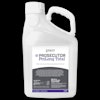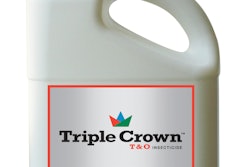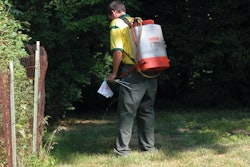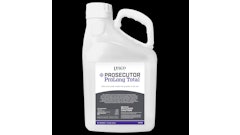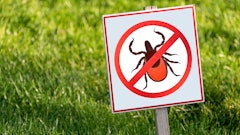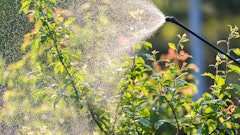The Natural Resources Defense Council (NRDC), published a blog back in late-November talking about Health Canada’s recently proposed ban of almost all uses of the controversial neonicotinoid pesticide (or “neonic”) imidacloprid, a systemic insecticide that attacks the central nervous system of insects. It is found in commonly used lawn care insecticides such as FMC’s Triple Crown.
The NRDC’s blog states that imidacloprid is a highly bee-toxic pesticide—and happens to be one of the oldest and most heavily used neonics in the U.S., making it a threat to bees from coast to coast. The NRDC points out that Health Canada’s research to this point has only focused on aquatic insects. More research as to the risks to bees and other pollinators is underway. Regardless, the NRDC says this is what it already knows about imidacloprid:
- It’s Toxic – By design, imidacloprid is toxic to insects and other invertebrates (which includes aquatic animals like crabs, lobsters and crawfish). It works by binding to certain receptors in nerve cells and overstimulating them, which can cause trembling and shaking, cognitive impairment, paralysis, and, eventually, death. Because vertebrate animals have these same nerve receptors too, the Canadian study also found that use of the pesticide “may pose a risk to birds and small mammals.”
- It’s Everywhere – Imidacloprid is used everywhere from your home garden to the endless fields of corn, soy and other row crops—even in pet products designed to kill fleas and ticks. From there, it often washes into the water supply, which is why the Canadian agency found the pesticide “frequently in surface water at levels well above concentrations that may result in toxic effects to insects.” In the U.S., use of this pesticide has more than doubled since 2009.
- It’s Not Going Anywhere in a Hurry – Although it varies, imidacloprid generally stays in the environment for several years. This means that it can continually build up as a result of year-after-year use, making an already toxic situation even worse.
For those reasons, the NRDC points out, Health Canada has concluded that the continued widespread use of imidacloprid is unsustainable, hence the proposed ban for most agriculture and lawn care use.
What about here in the U.S.? The NRDC says there is already significant scientific research supporting the claim that imidacloprid harms bees when used on citrus and corn crops. Furthermore, because some data suggests that the use of imidacloprid on soybeans has resulted in no positive effect on production, the EPA could be looking at restricting its use in the near future.
